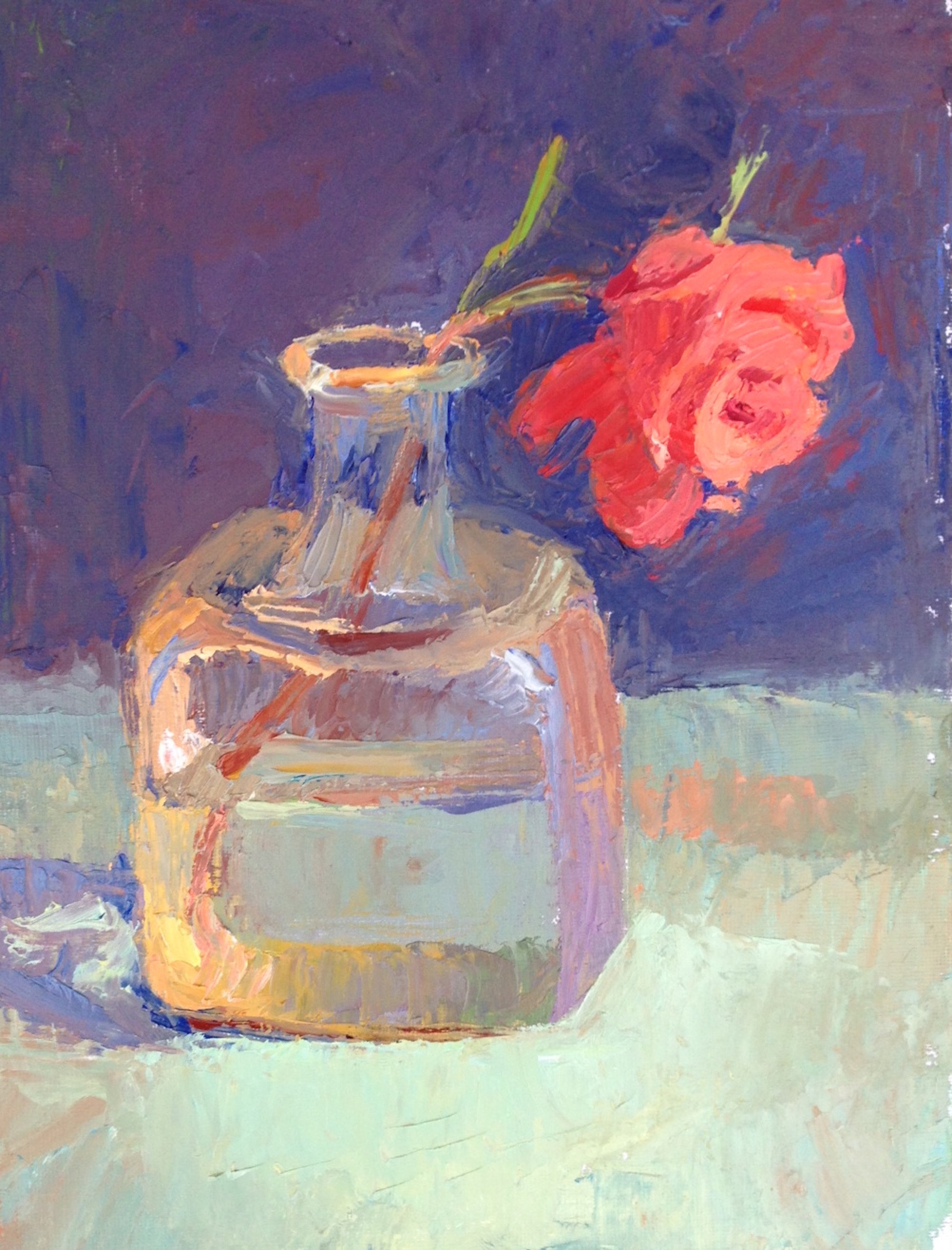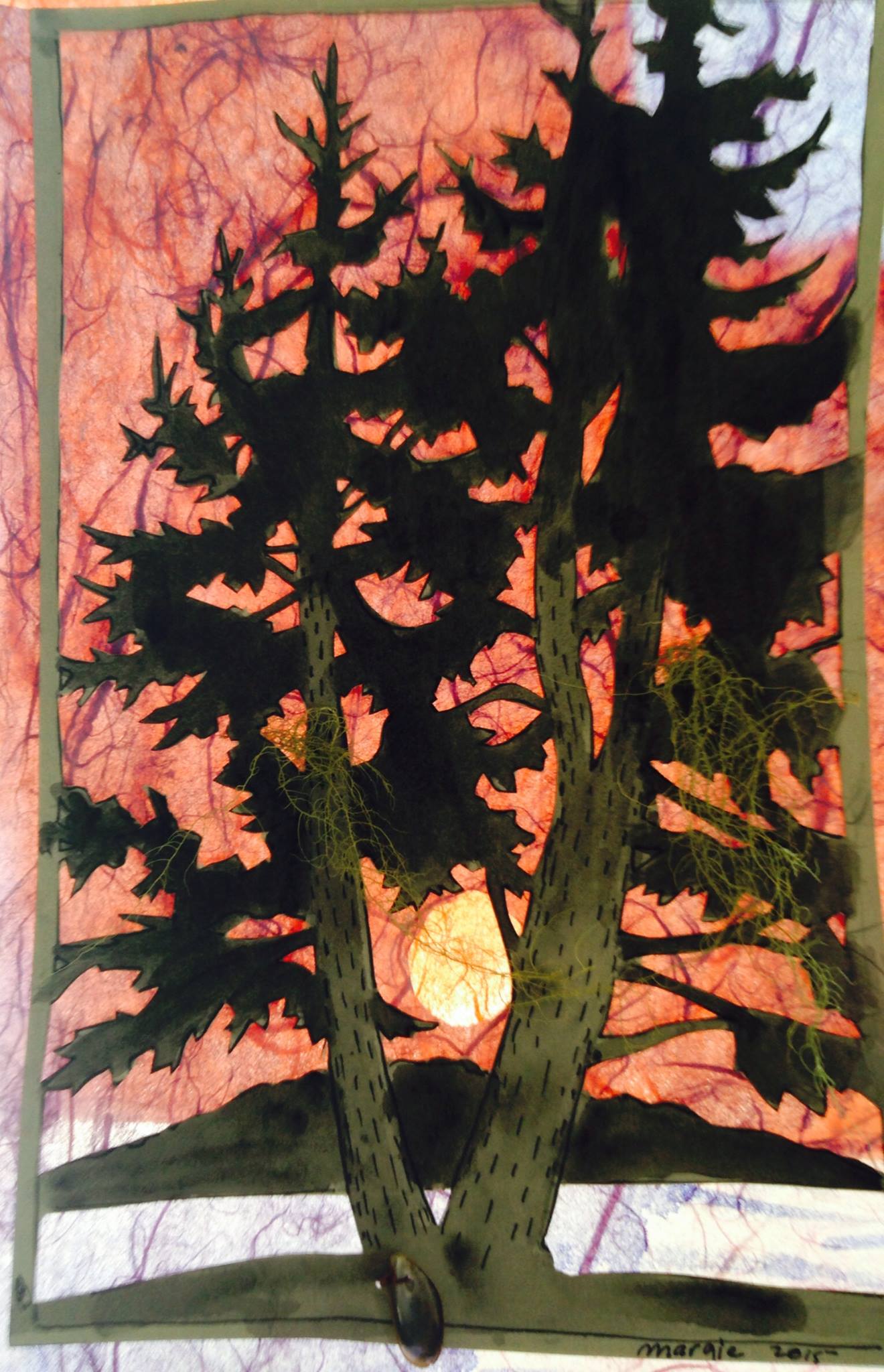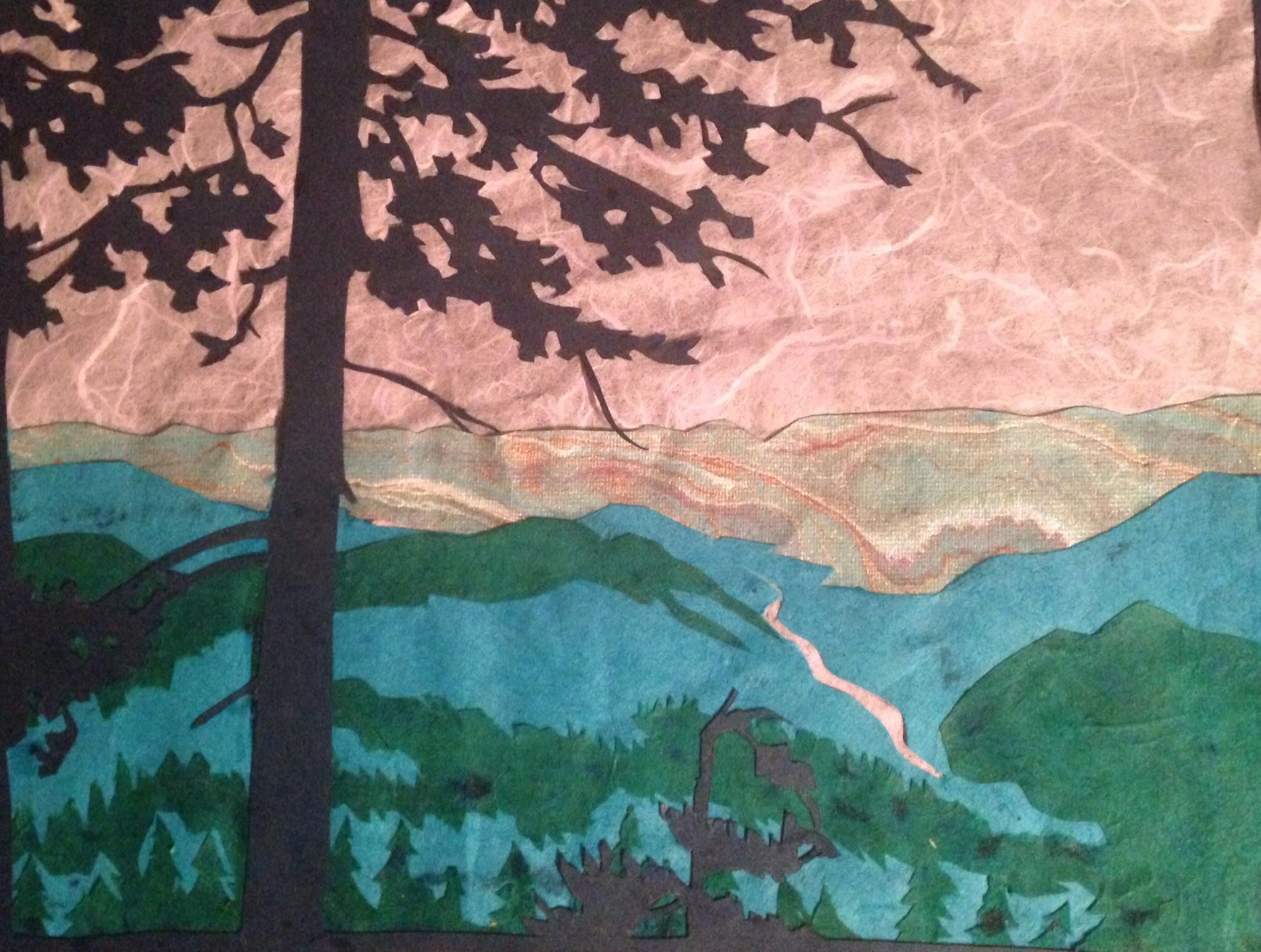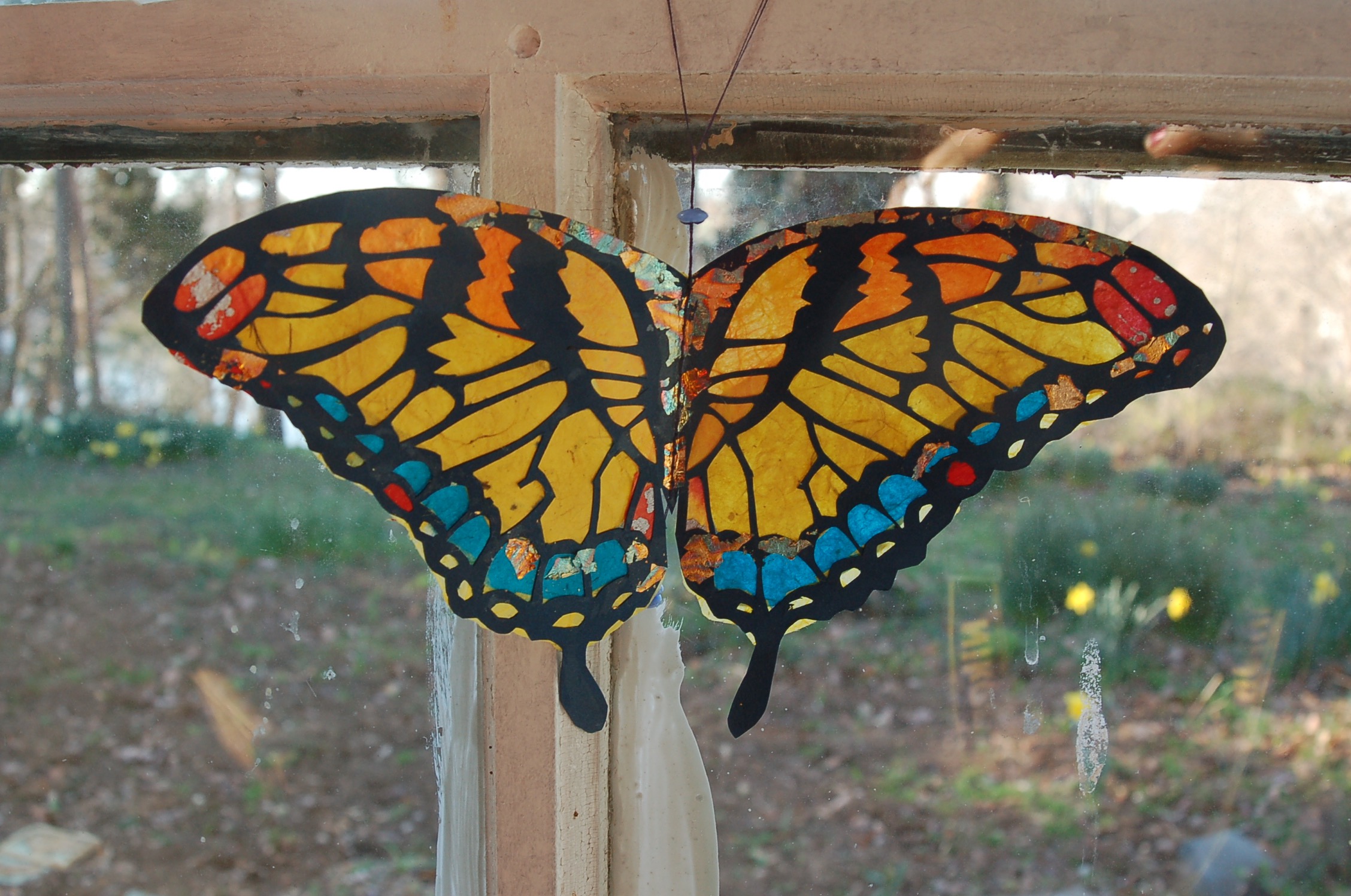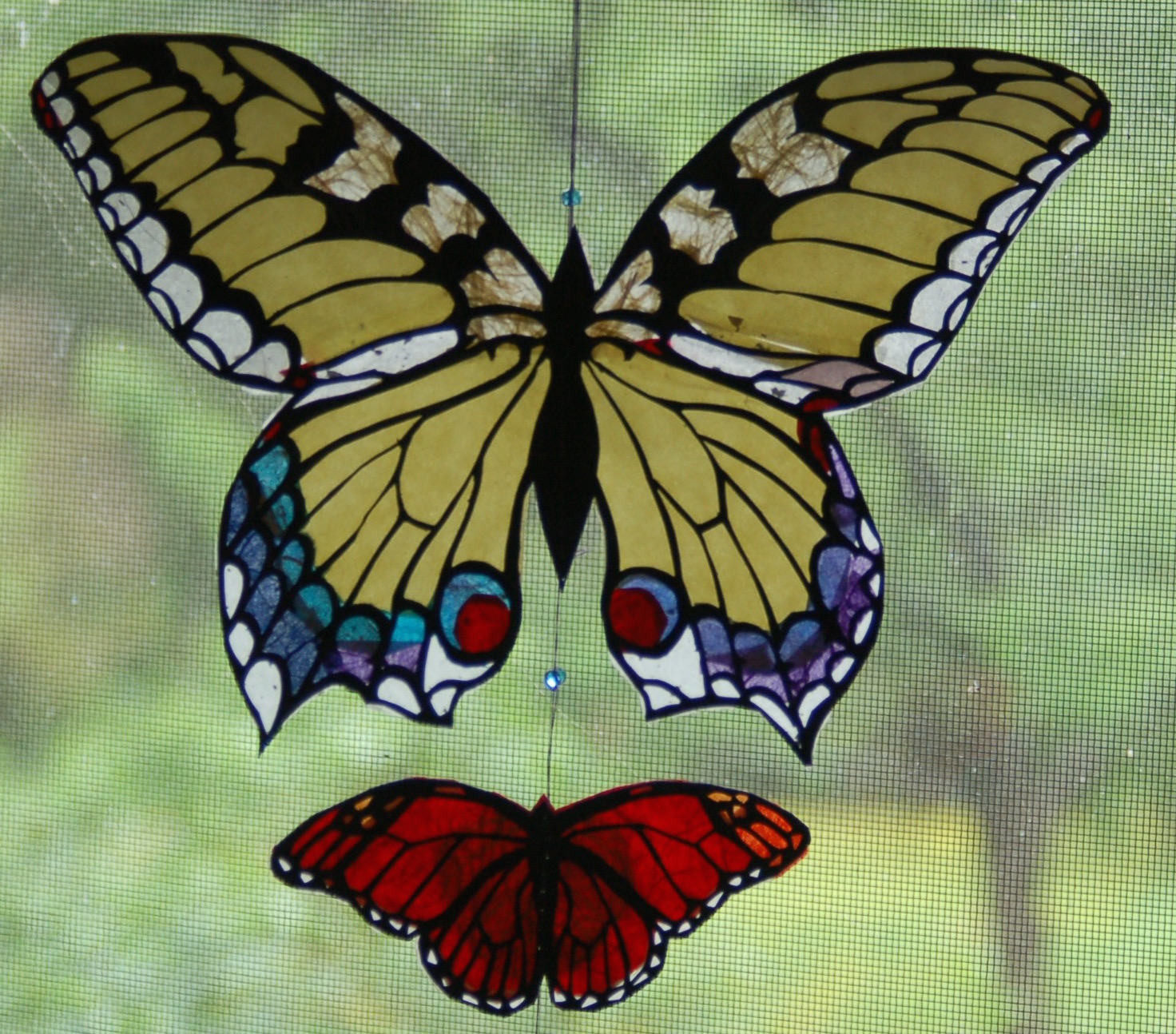The winter is past,
The rain is over and gone,
The flowers appear on the earth,
The time of singing has come.
Song of Songs 2:11
Today I dug out some impacted day lilies from the garden by the red house. I have kept up that little stretch of my mother’s garden on Lilac Hill. At the height of summer bloom, my father can see the tall fuchsia colored phlox and the elegant pink and white asiatic lilies out the window from his chair. And he monitors the comings and goings at the hummingbird feeder in the midst of it all.
My father, Bob McWethy, says extreme old age is an adventure like none other. He turned 97 on his last birthday, and continues to make the most of every blessed day. We made the decision as a family that both our parents would live out their days on Lilac Hill, the property where my mother grew up.
The sunny orange day lilies light up the garden when they bloom in June, but they are aggressive and tend to take over. The clump I dug out made room for a delicate pink bell like Hispanica and two shy little yellow primroses that had escaped their garden beds and been in the path of the lawn mower. They will bloom next spring.
Margie has taken on the gardens up by the “main house,” as my father says. (I call it the “big house,” but he says that is entirely inappropriate. The Big House is where you go to do time.) The other day, when I was over with my father’s dinner, Margie brought me up to see a fun discovery she had made. She pointed out a new little sprig from “the quintessential rose” that had planted itself a foot from its parent. I call it the quintessential rose because the abundant blossoms on the parent rose are the picture of a perfect rose — a pleasing blend of pink and peach, soft like a summer sunset. And the sweet fragrance of that rose — you want to sink your nose in one of those blossoms and never take it out! My mother, Margie's grandmother Liz, had propagated that rose from a cutting she had taken from the old gnarly rose by the garage at my house in town years ago.
We often hear of the garden as a metaphor for life. Gardens speak and teach. My mother was a gardener and a poet. She died on October 11, 2014. Many of the flowers and bulbs she planted in her gardens still grace Lilac Hill with a copious array of bloom spring through fall. And her poetry continues to leave its delightful mark on the world.
Lee was an artist. He was passionate about art and doing what God created him to do. His paintings continue to live on, much like my mother’s flowers and poems. Margie was so excited to show me the little sprig from the rose that had planted itself. That was her, next to her grandmother, next to her father, carrying on their creative legacies through her art and, now teaching.
It’s spring! The winter is past! The time of singing has come. Margie and I would like to share the fruit that will continue to come forth through our family as we pursue our creative passions. We hope our regular entries will inform, encourage and inspire you in tending your own creative gardens.
By Martha Boynton














